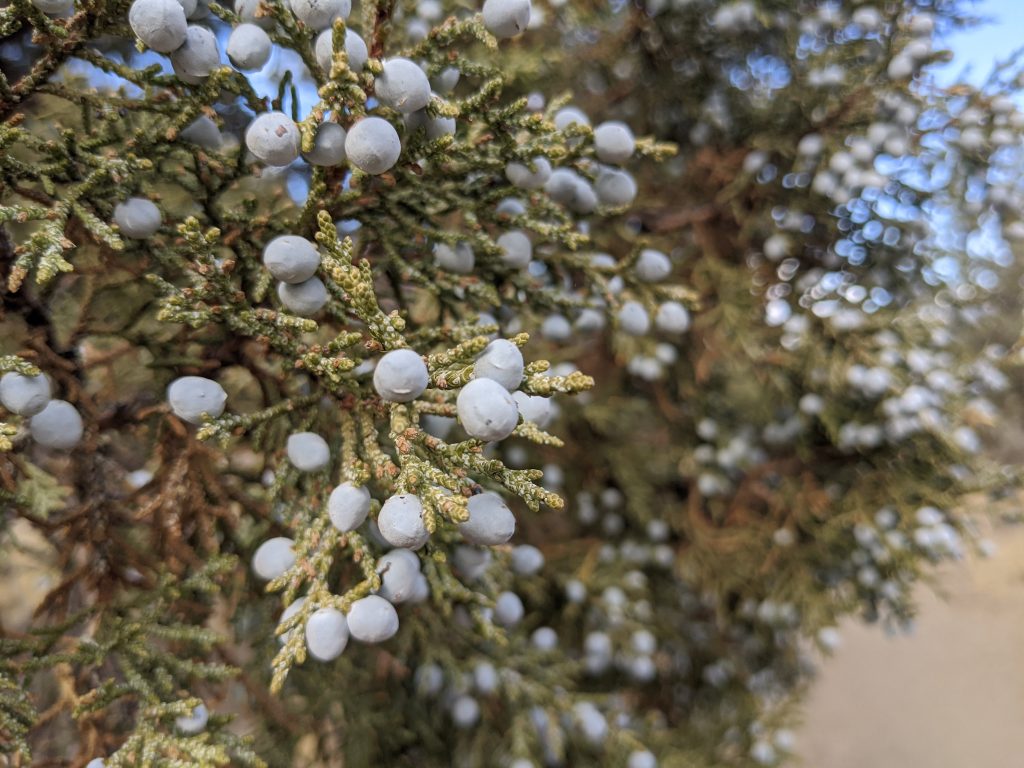Effective Juniper Removal in Central Oregon: A Key Consideration for Landowners


Central Oregon is renowned for its majestic landscapes and vibrant ecosystems. However, one significant challenge that local landowners face is the proliferation of Western juniper trees. While native to the region, in recent years, juniper has expanded aggressively beyond its traditional bounds, often to the detriment of local water resources and biodiversity. As a CEO of a company specializing in land management and restoration, I understand the complexities and the importance of effective juniper removal strategies. This blog will explore why juniper removal is crucial for sustainability in Central Oregon and how it can be responsibly managed.
The Impact of Juniper on Local Ecosystems
Western juniper trees are known for their hardiness and ability to thrive in arid conditions. However, their rapid expansion has posed significant ecological challenges. Junipers are voracious consumers of water, which can exacerbate drought conditions in already water-scarce areas. They also outcompete native grasses and shrubs, leading to reduced biodiversity. Additionally, the dense canopy of junipers can significantly alter soil composition and prevent the growth of native plant species, which are crucial for local wildlife.
The Importance of Strategic Juniper Removal
Removing junipers can help restore natural habitats and increase water availability, which is crucial for both agricultural purposes and wildlife sustainability. However, juniper removal must be strategic and scientifically guided to prevent soil erosion and to ensure that removal efforts contribute positively to the local ecosystem. This involves careful planning and the use of techniques that minimize environmental disruption.
Best Practices for Juniper Removal
- Selective Removal: Not all juniper trees need to be removed. Targeting particularly dense areas or trees that are consuming a disproportionate amount of water resources can be more effective.
- Mechanical Methods: Using machinery to remove trees can be efficient but must be done carefully to avoid soil compaction, which can further harm the ecosystem. Techniques such as chaining or mastication are commonly employed.
- Prescribed Burning: In some cases, controlled burns are used to clear junipers. This method can also help rejuvenate the soil and encourage the growth of native plant species.
- Revegetation: After removal, it is crucial to reintroduce native plants to stabilize the soil and restore the habitat. This also helps to ensure that other non-native species do not fill the vacuum left by the junipers.
- Ongoing Monitoring and Maintenance: Juniper removal is not a one-time effort. Regular monitoring and additional removals may be necessary to maintain the health of the ecosystem.
Collaboration and Compliance
Engaging with local communities, government agencies, and environmental experts is essential to ensure that juniper removal projects are successful and compliant with environmental regulations. Collaboration can also provide access to shared resources and knowledge, enhancing the effectiveness of removal efforts.
Conclusion
Juniper removal in Central Oregon is a critical task that requires thoughtful planning and execution. As someone at the helm of a company dedicated to sustainable land management, I advocate for approaches that balance ecological health with the needs of the community. By employing best practices in juniper removal, we can help ensure that Central Oregon’s landscapes remain vibrant and sustainable for future generations.
For landowners in Central Oregon considering juniper removal, it is wise to consult with professionals who specialize in ecological restoration and land management. With the right approach, we can transform the challenge of juniper overgrowth into an opportunity for ecological enhancement.
